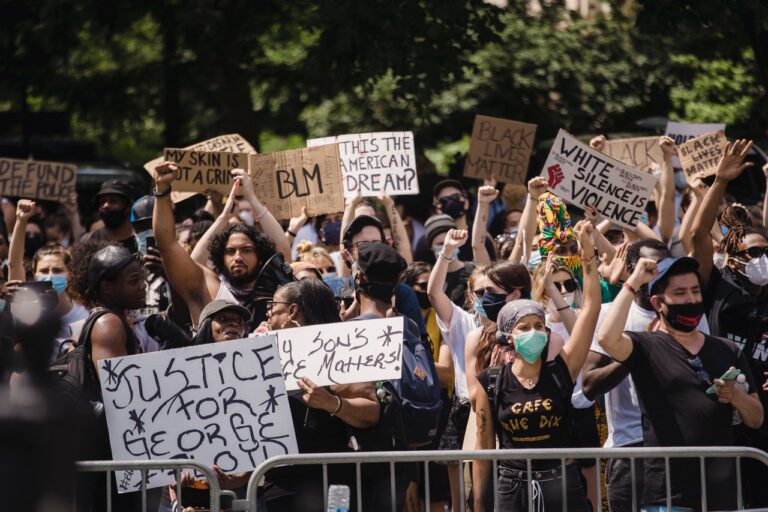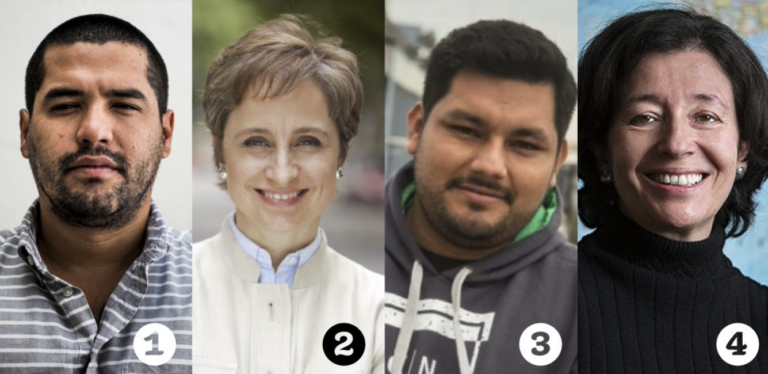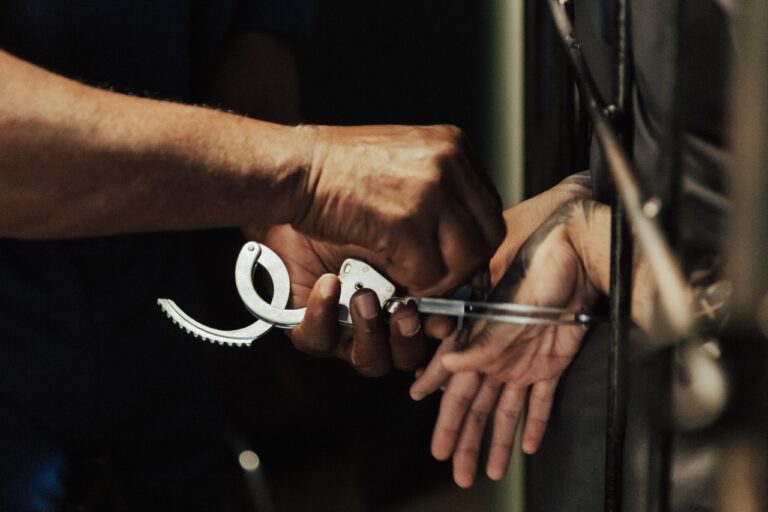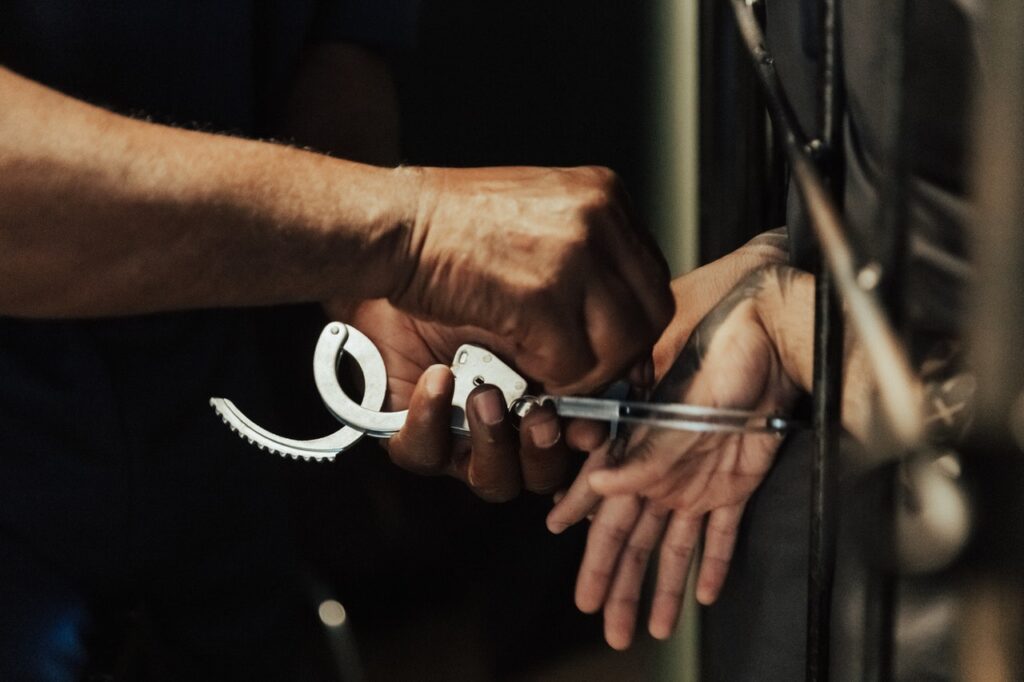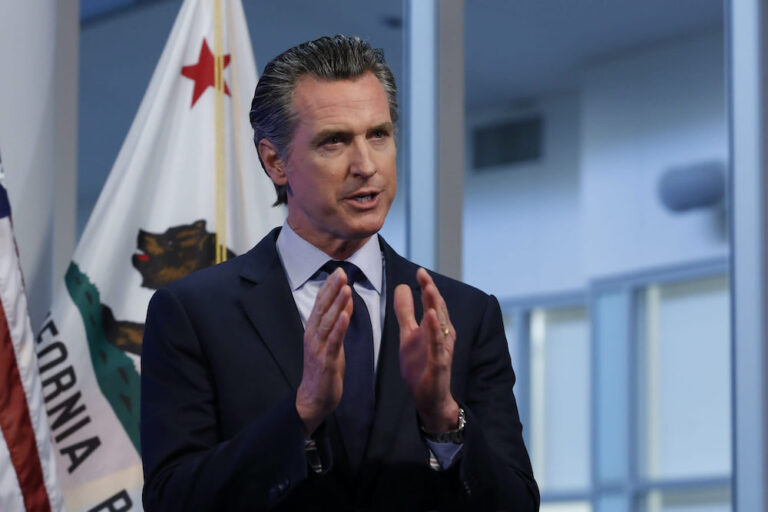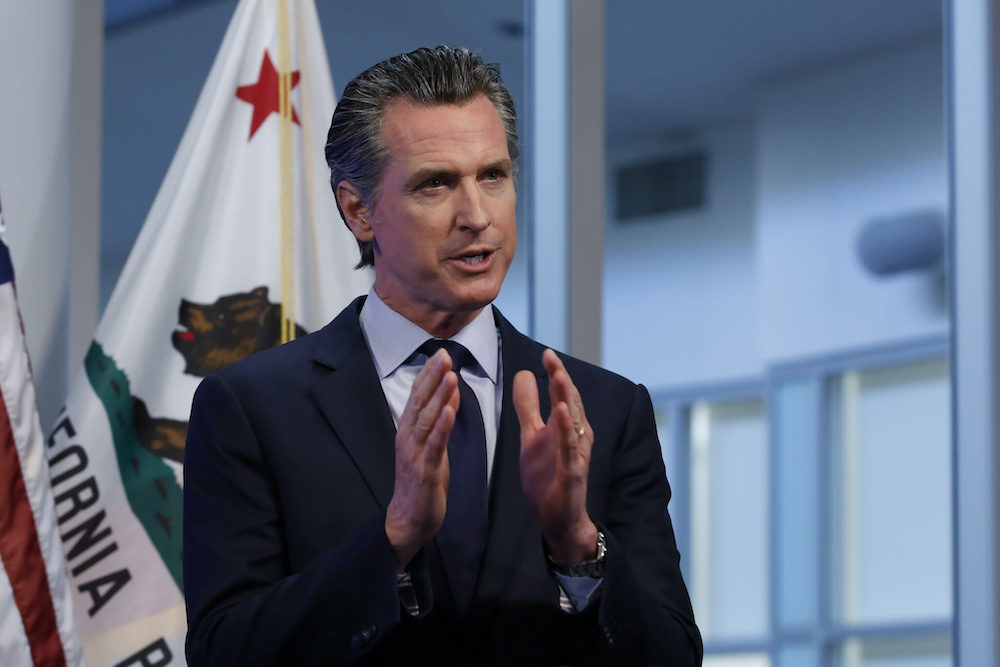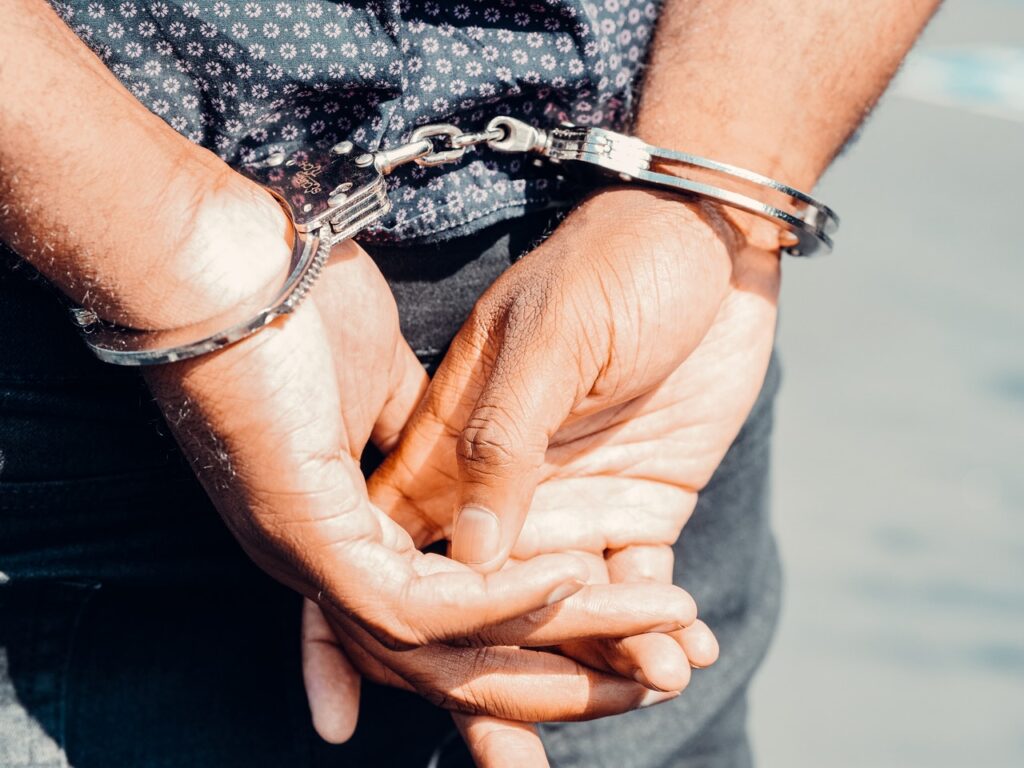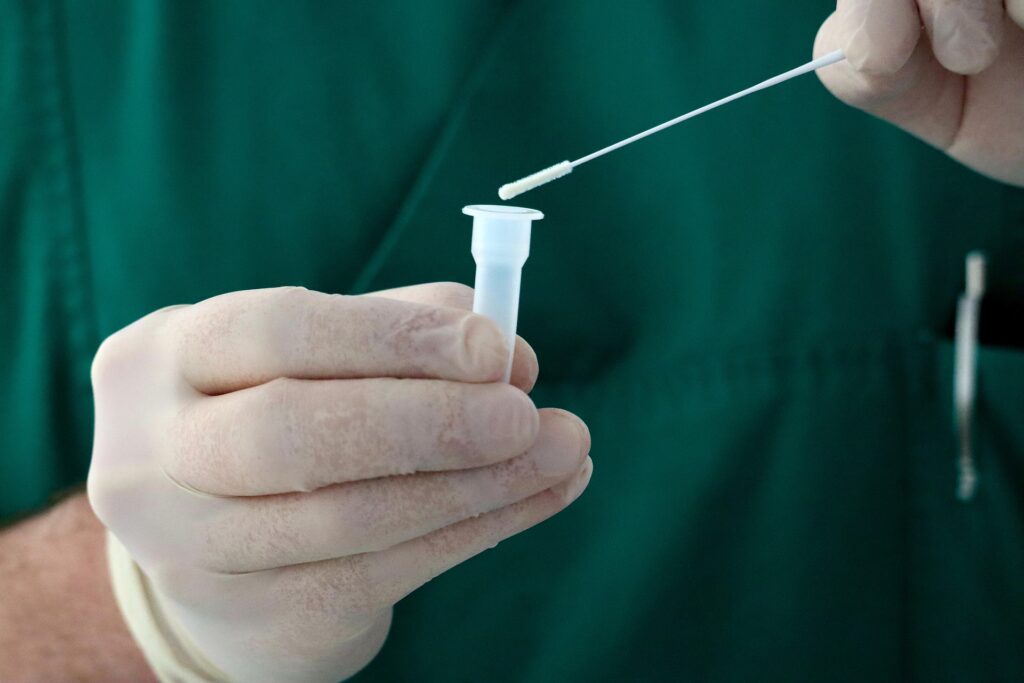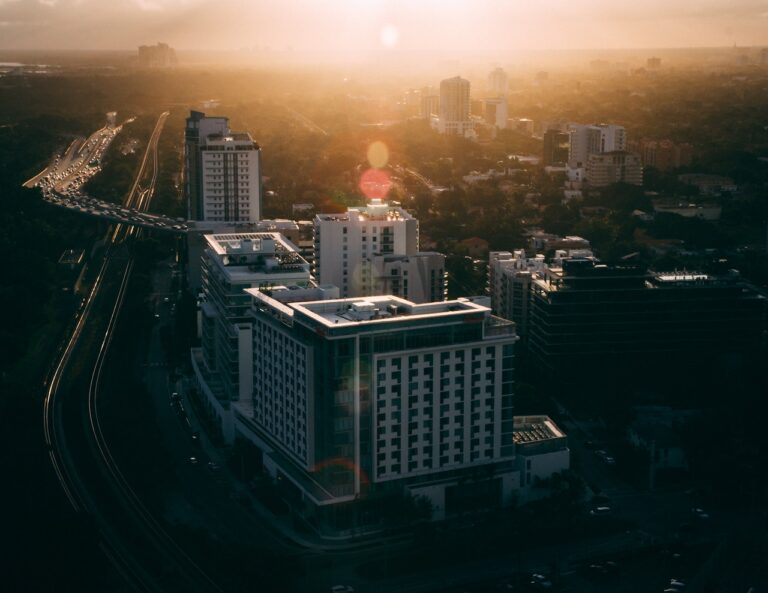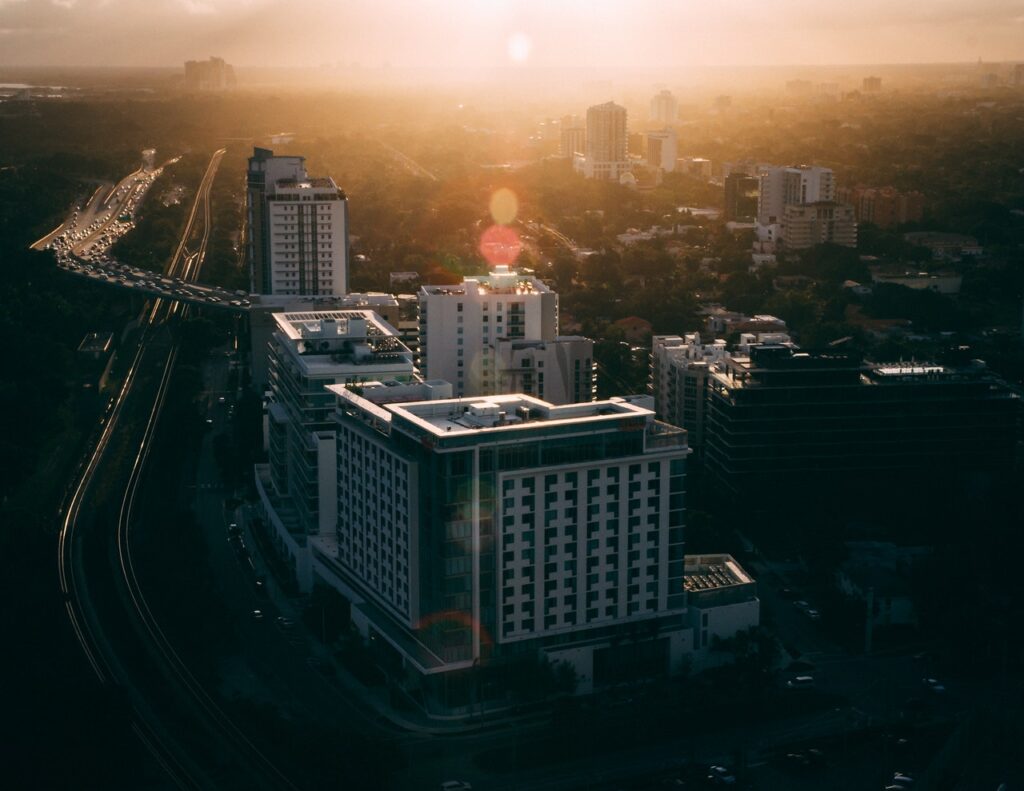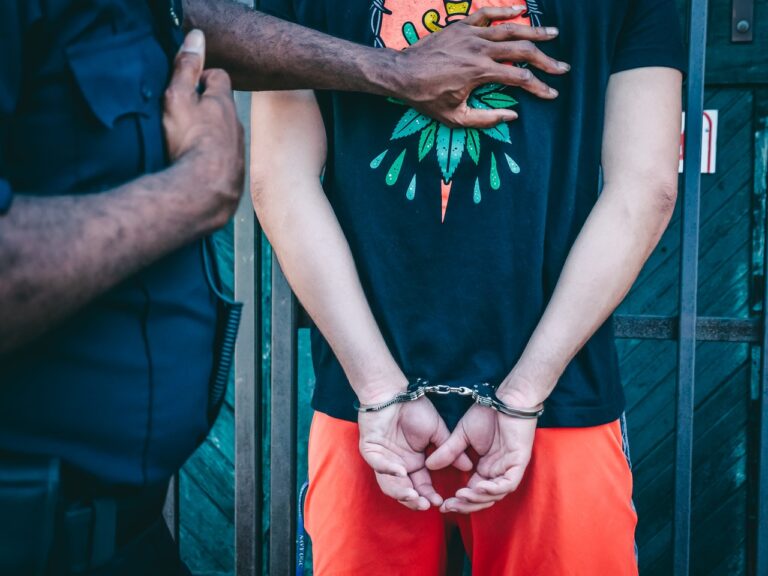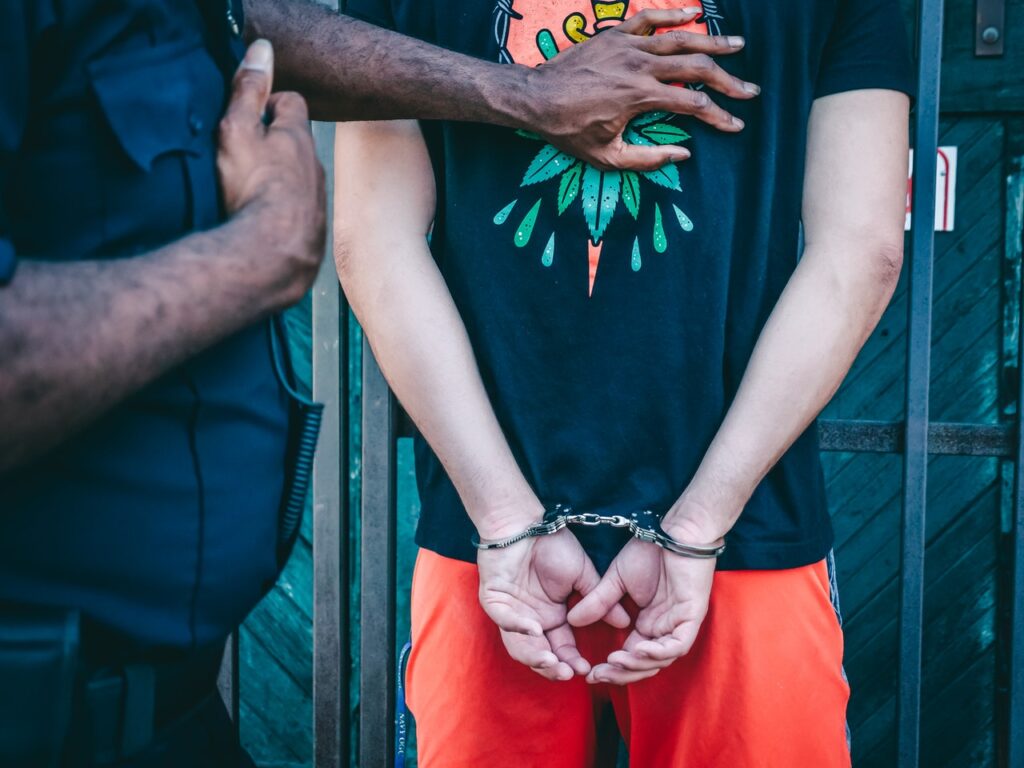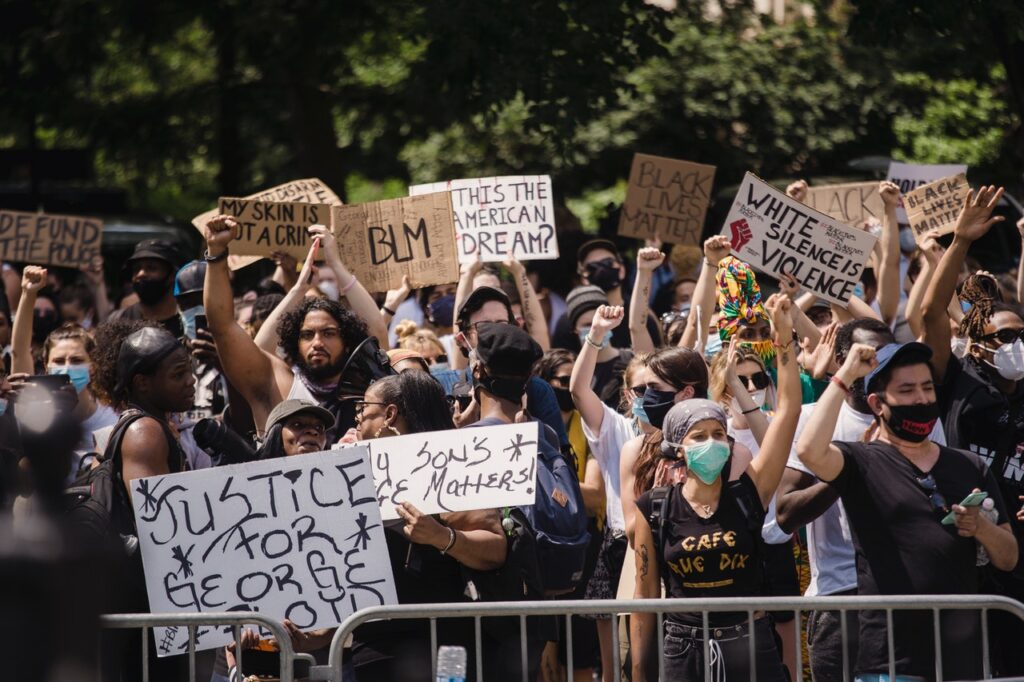
La policía de San Francisco violó la ley de la ciudad al usar una red de cámaras privadas
Por Mariel Zasso. Península 360 Press [P360P]
La Electronic Frontier Foundation (EFF) y la American Civil Liberties Union (ACLU) —ambas por sus siglas en inglés— del norte de California solicitarán a un tribunal estatal de California que determine que el Departamento de Policía de San Francisco (SFPD) violó la ley de la ciudad cuando usó una red de cámaras de vigilancia privadas para espiar las protestas contra la violencia policial a raíz del asesinato de George Floyd.
Las dos organizaciones sin fines de lucro con sede en San Francisco demandaron a la ciudad y al condado en octubre de 2020 por violar la Ordenanza de Tecnología de Vigilancia de la ciudad, que prohíbe que cualquier departamento de la ciudad, incluido el SFPD, utilice o adquiera tecnología de vigilancia sin la aprobación previa de la Junta de Supervisores de la ciudad.
En mayo de 2019, la Junta de Supervisores aprobó la Ordenanza de Vigilancia “Stop Secret”, ley considerada histórica por exigir responsabilidad y supervisión a la tecnología de vigilancia y que convirtió a San Francisco en la primera ciudad de Estados Unidos en prohibir el uso gubernamental de sistemas de vigilancia facial.
Según la queja de las organizaciones, el SFPD debe rendir cuentas por infringir la ley destinada a traer el control democrático sobre el acceso del gobierno a las redes de cámaras intrusivas en la privacidad, que pueden usarse, como en el caso presentado, para espiar a las personas que ejercen su derecho a protestar según la Primera Enmienda.
La EFF descubrió evidencia de que el SFPD obtuvo y usó la red de un distrito comercial de más de 300 cámaras para realizar vigilancia remota en vivo de las protestas lideradas por negros durante ocho días en mayo y junio de 2020, sin la aprobación de los supervisores. Los manifestantes marchaban por Union Square para protestar por el asesinato de Floyd y la violencia policial racista.
En una audiencia programada para el 21 de enero, que será transmitida en vivo, la abogada del personal de EFF, Saira Hussain, le dirá al tribunal que la evidencia respalda un juicio en contra del SFPD y a favor de los demandantes Hope Williams, Nathan Sheard y Néstor Reyes, tres activistas negros y latinos que participaron y organizaron numerosas protestas que atravesaron San Francisco en 2020. El caso es conocido como “Williams vs San Francisco”.
El SFPD inicialmente negó que sus oficiales vieran la transmisión de la cámara durante los ocho días que tuvo acceso a la red de videovigilancia. Por su parte, EFF y ACLU del norte de California obtuvieron documentos y testimonios que muestran que al menos un oficial vio la transmisión repetidamente durante ese tiempo. Las organizaciones también mencionan que acciones ilegales del SFPD han hecho que los demandantes teman asistir a futuras protestas y les dificultará reclutar personas para futuras manifestaciones.
La audiencia será transmitida en línea el viernes, 21 de enero de 2022, a las 9:30 a. m. (hora del Pacífico), por el Tribunal Superior de San Francisco in this link.
With information from Electronic Frontier Foundation and ACLUNC.
You may be interested in: Shootings mark end and beginning of the year in San Francisco Bay Area

